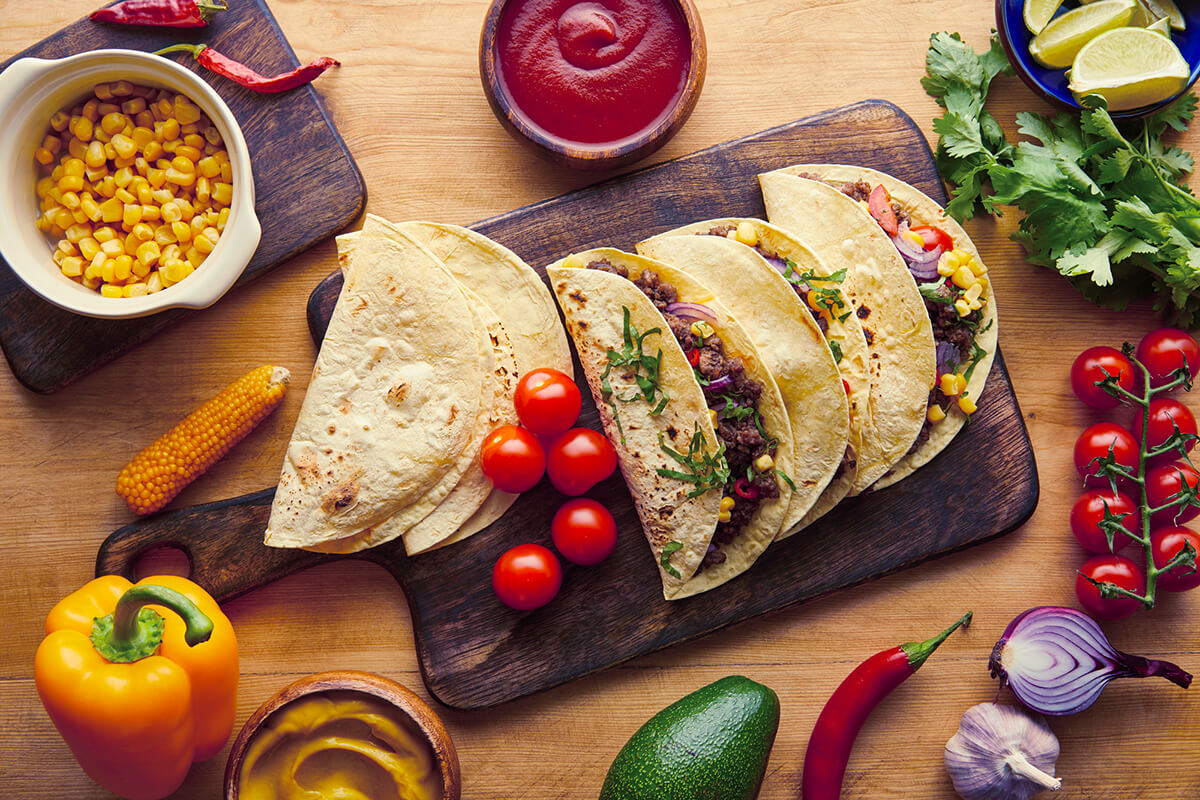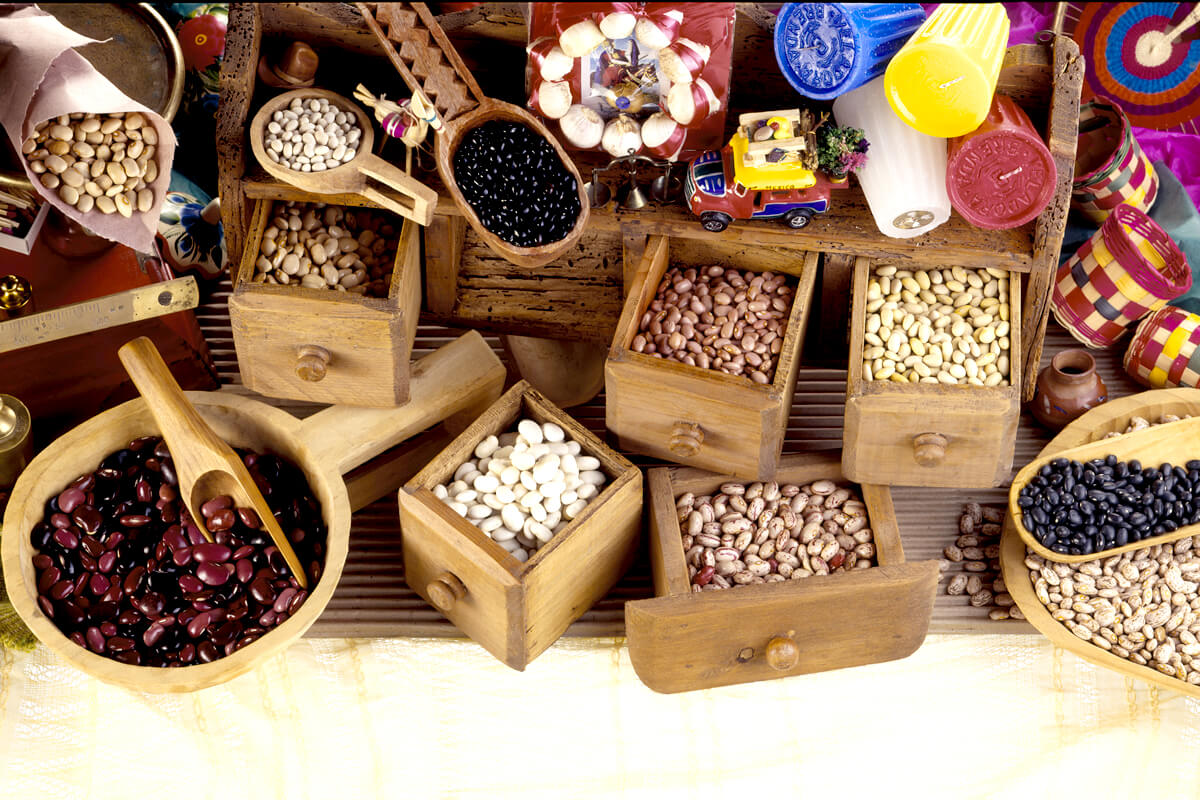Mexican chili peppers: history, varieties, and nutritional values
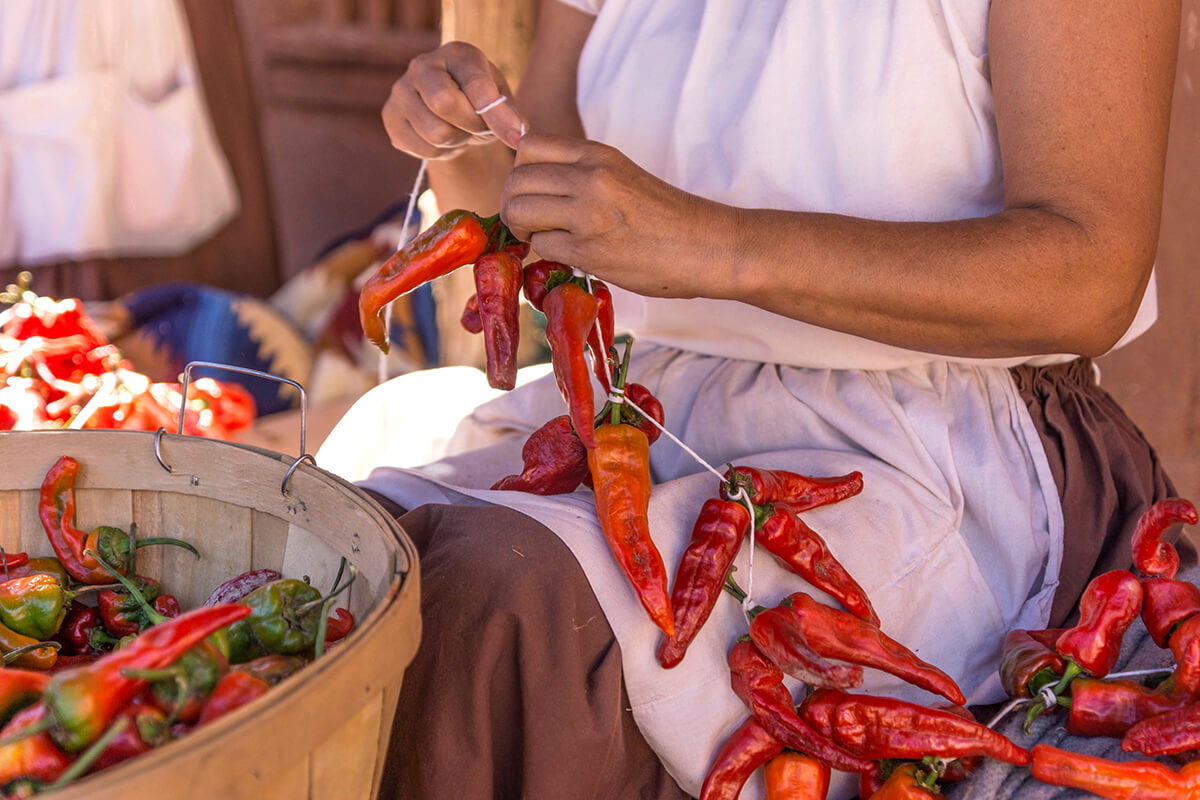
Red, green, fresh or dried, the chili pepper is the king of the Mexican cuisine
In the Mexican cuisine, the chili, the berry fruit that must not be confused with the meat based dish chilithat can be mainly found in the Tex-Mex cuisine, is an essential. Of course, calling them all chili peppers means generalizing this fruit.
In Mexico an ingredient so frequently used must be categorized in many varieties from the mildest to the spiciest. The Mexican chili pepper is an ancient from South America.
It was already known and used in pre-Colombian age. Archeological evidence places it over 5000 years B.C. in the Maya, Incas and Aztec civilizations, where it was sacred ingredient.
It was considered to have healing and curative properties, aphrodisiac effects and magical powers. However, it has found its popularity as condiment.
When Columbus brought it to Europe, the axi, as Native American called it, was very appreciated.
It spread all over the world, especially in the country’s cooking and in the simple cooking, where it was appreciated for its ability of flavoring.Here, it has survived until recent times when It was once again discovered and ennobled by chefs, culinary traditions and more
Why is Mexican chili pepper so hot?
Although the Mexican cuisine is known for being quitespicy, not all the Mexican chili peppers are extremely hot!
What makes chili peppers hot is the capsaicin, a substance contained in the Capsicumplants, that can vary in quantity with each type. Capsaicin can be found mostly in the membrane that hold the seeds and the pulp together, not in the seeds, ad many people think.
Capsaicinoids activate the thermoreceptors in the tongue tissue, causing that the typical “hot” effect of chili peppers.
Their main purpose is not to burn people’s mouths, but to protect the plant’s berries from bacteria, fungi, parasites and also from herbivorous mammals, thus defending their evolution.
The best remedy when people eat a chili pepper hotter than they can handle is to drink cold milk or greasy food. Although water may seem the most appropriate thing to extinguish fire, even the one in our mouth, it is not effective. The reason is that capsaicin is fat-soluble, not water-soluble.
How hot can a chili pepper be?
Spiciness resistance is a totally subjective factor.
For example, in the Calabria and Basilicata regions, where the local chili pepper is grown and widely used, local people’s mouths don’t get hurt by the little fruit. Calabrian and Lucanian people’s walls mouths’ are covered by asbestos and there is no chili pepper stronger enough make them surrender.
All jokes aside, there is a system to assign an objective degree of chili peppers’ spiciness. The way to define the spiciness of a chili pepper is the Scoville scale.
This system was invented by the homonymous American chemist at the beginning of the XX century. It has made it possible to set a rating system with a measurement unit, the Scoville heat unit (Shu), although it was set through a controversial scientific test due to, for example, the subjectivity of the resistance to the heat of the eaten chili pepper or the intensity that can change from fruit to fruit of the same plant.
According to this scale, one of the hottest chili peppers in the world is Mexican. It is the Habanero chili pepper.
Habanero, the hottest Mexican chili pepper
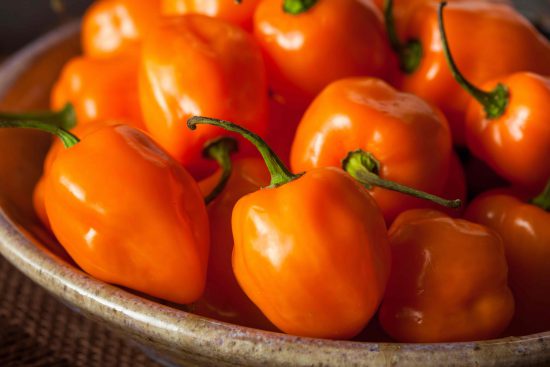
The Scoville scale rated the Habanero chili pepper with a score of 500,000 Shu, the measurement unit of this system.
There are many defining variables for the Habanero. From the variety- from the really hot Red Savina to the less strong Peach- to the condition of the berry (or fruit): fresh or dried, marinated or smoked.
All the Habanero chili peppers varieties are mainly grown in the Yucatán Peninsula. The most common ones are orange red, but it is possible to find also brown, pink and white types.
Usually a ripe Habanero is 2-6 cm long. It has a fruity taste and it has a citrus and flowery aroma that makes it the perfect ingredient for hot sauces and many of the Mexican cuisine’s dishes like chicken fajitas.
In Mexico a Habanero chili pepper is often put in tequila or mezcal bottles, in order to create a spicy and stronger version of the drinks.
Jalapeño chili pepper, the most famous Mexican chili pepper

The Jalapeño chili pepper is the symbol of the Mexican cuisine, that made it a protagonist by cooking it in many different and creative ways.
The reason why the jalapeno chili pepper is so appreciated is that it is mildly hot, even if, like it was for the Habanero, there are many types of Jalapeño, with different taste intensity and different colors, from dark green to bright red.
It has a conic shape and it is 3-7/8 centimeters long. Its pulp shiny and plump.
Usually the Jalapeño chili pepper is eaten en escabeche(pickled), stuffed with cheese and fried or as an ingredient for tasty appetizers.
It is often eaten when it is not completely ripe in order to maintain its pulpiness and its fruity aroma.
When it is sun-dried and smoked with particular pieces of woods, the Jalapeño chili pepper becomes the famous Chipotle chili pepper.
Chipotle chili pepper, the most mysterious Mexican chili pepper
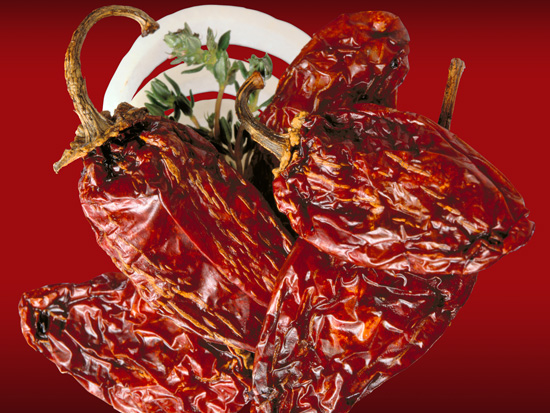
Although the Chipotle chili pepper is nothing but a smoked jalapeno chili pepper, its name, that derivesdirectly from the Aztec civilization (Nahuatl chilpoktliin the Aztec language means smoked chili pepper), makes it the most fascinating and mysterious among the Mexican chili peppers.
Its smoked taste, obtained after a long process that involves fine woods like the pecan nut-wood, gives to Jalapeño chili pepper an aged look – that we would define as “wrinkly”, like the skin of an old Yaquishaman – and an intense, unique taste.
Chipotle chili pepper’s spiciness is relatively mild and it is counterbalanced by an earthy and round taste.
The Chipotle chili pepper is one of the main ingredients for sauces, especially for the adobo sauce, made with tomato sauce and vinegar, that is often used to season meat.
Chipotle chili pepper is a perfect complement to bean based dishes.
Serrano chili pepper, an interesting middle ground
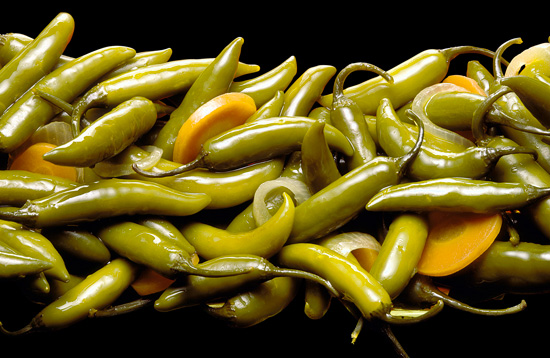
The Serrano chili pepper is native to the Sierra mountains in the Puebla and Hidalgo regions. It is the perfect compromise between the hot Habanero chili pepper and the mild Jalapeño chili pepper.
The the already mentioned Scoville scale rated it with 20,000 Shu, definitely lower than the Habanero value, but higher than the Jalapeno rate
It is 5-9 centimeters long and It is usually eaten when still green, and not in its ripe state.
Due to its thin peel, the Serrano chili pepper is often eaten raw.
Its fresh and sharp taste makes it suitable to be used raw in salads, or as the main ingredient of sauces like the well-known Pico de gallo, a tomato based sauce, typical of the Mexican cuisine.
Poblano chili pepper, the biggest chili pepper (called Ancho when dried)
The Poblano chili pepper, like its counterpartthe Serrano chili pepper, is native to the city of Puebla and it is its symbol.
Its mild spiciness is counterbalanced by its size, definitely bigger than the other chili peppers.
The Poblano chili pepper’s look resembles an undersized green pepper, with an extended shape and that can be up to 15 cm long.
It is rarely used when it is mature and has a dark red color. In this case it is used especially to make the Ancho chili pepper, a dried variety of the Poblano chili pepper.
The Poblano chili pepper, when eaten still green, has a sweet and not so spicy flavor; instead, when it gets to a red colorit is dried and it is called Ancho chili pepper- the Spanish word for large”- and it is hotter, even though its spiciness rate/value remains medium-low: its Scoville scale units are between 1,000 and 2,000, so it is quite mild.
Both Poblano and Ancho are both widely used in the Mexican cuisine. Due to its size, the Poblano chili pepper is perfect for the Chiles rellenos(stuffed peppers), a typical tasty dish also known as Chiles en nogada, of which it is a variation.
The Ancho chili pepper is the main ingredient of the famous Mole poblano, the traditional Mexican sauce of the city of Puebla, that needs a long and complex preparation with a surprising result.
This type of chili pepper can be rehydrated with warm water, or it can be used dried, mincing or powdering it.
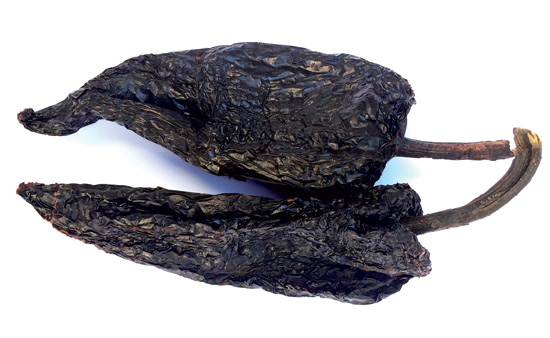
Questo tipo di chile si fa riprendere immergendolo in acqua tiepida, oppure si può usare direttamente secco, macinandolo grossolanamente o polverizzandolo.
Dried chili peppers, more than just Ancho
Beside Ancho chili peppers, the “large” dark red chili pepper, there are other chili peppers in the Mexican cuisine that are used dry.
Dried chili peppers are usually non very hot and they give food a particular flavor that evokes fruit and exotic perfumes slightly spicy, but they do not unleash the hell in the mouth of who eats it. They are:
- Pasilla chili peppers or Negro chili peppers
The Pasilla chili pepper, or Negro chili pepper, is the dehydrated Chilaca chili pepper.
It is rarely used fresh, it is preferred to dry the fruit, that has a long shape and a very dark color, like the eggplant’s. Once it is dried, the Chilaca chili pepper is called Pasilla (or Negro due to its color) and keeps a very low levels of pungency, with 2500 Shu in the Scoville scale.
Pasillo chili pepper is very tasty and it has a delicate flavor that resembles raisins, it is often used in the Mexican cuisine together with fruit. It goes well with duck meat, fish, lamb, mushrooms, garlic, fennel, honey or oregano. In the Oaxaca version, Pasillio chili pepper is used in the recipe of Mole Negro.
- Guajillo chili pepper
Guajillo chili pepper is made by drying the Mirasol chili pepper, a plant with a poetic name due to the fact that its fruits grow pointing towards the sun (“sol” in Spanish).
Although it is also used fresh, the most famous Mirasol chili pepper type is the Guajillo chili pepper.
As other dried chili peppers, Guajillo is not very spicy. Its characteristics are mainly aromatic, with green tea features and berries scent. It is thin and it has a dark red meat color. It is used with pasta, butter and seasoningto flavor all kinds of meat, especially chicken. It can also be added in sauces to make a sweet dish with a slightly surprising spicy finish.
Where real Mexican chili peppers can be found?
The chili peppers described so far are the most famous and loved ones. They contribute – each one with their own characteristics – to create the typical taste of Mexican cuisine (or Tex Mex), but they are also perfect ingredients for brand new recipes of chefs from all over the world.
It is true that the chili pepper plant is strong and that the Capsicum annuumvariety all the aforementioned chili peppers belong to can easily grow in Italy as well, however to be a real Mexican chili pepper, it needs to grow in the right place, under the hot Mexican sun, hearing the talking and singing voices of the South America’s Spanish speaking coltivadores!
So, how to get the true Mexican chili peppers?
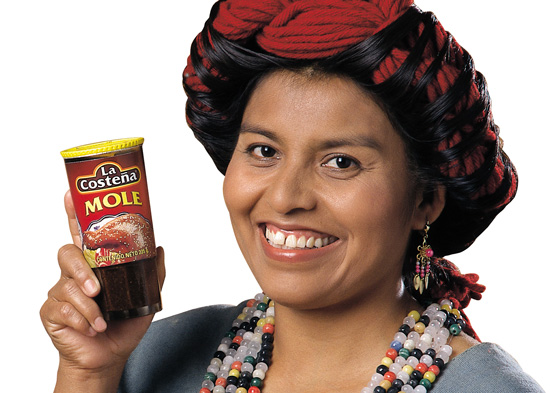
Fine Food Group imports and distributes throughout Italy LaCosteña products. Its best highlight is without a doubt the many type of chili peppers. It is possible to find LaCosteña products in the Fine Food Group’s catalogue, especially the chili peppers: intact, sliced, into rounds and used in sauces.
Fine Food group has been always specialized in finding high quality raw materials, typical of the American, ethnic, Mexican and Tex-Mex cuisine. It also offers a dried chili peppers selection that includes Ancho, Pasilla and Guajillo chili peppers.
Just choose one. Or try them all!
Not only taste: Mexican chili peppers are good for your health
According to some ante litteram gossip, Moctezuma, the legendary Aztec king, used the chili pepper for its aphrodisiac properties, since he had to fulfill many concubine’s desires.
All the pre-Columbian civilizations used it as a healing ingredient to cure cold and indigestions.
Chili peppers’ qualities have come through centuries and millennia, proving to be effective against rheumatisms and to heal cardiac problems.
But it’s only in more recent times that the chili pepper, thanks to the capsaicin it contains, has fully disclosed its therapeutic properties, which are now scientifically proved.
As a matter of fact, capsaicin stimulates the pain neurotransmitters in the taste buds and it induces a pain inhibition reaction.
Since it is vasodilator, capsaicin is good for blood circulation and for the cardiovascular system.
The chili pepper has also high C vitamin levels, higher than orange’s, five time higher, as long as it eaten fresh.
Beside C vitamin, chili peppers are rich in other vitamins as:
- B6, indicated for the metabolism;
- A, in the form of beta carotene that is transformed by our organism;
- K1, to strengthen bones, kidneys and blood.
It is also rich in trace elements as copper.
And, last but not least, Mexican chili pepper is low in calories!
We are sorry for all the people that cannot stand the “strong” flavor, as in South Italy is defined.
Who knows if, through a journey from the dried chili peppers with a low Shu value, to the strong Habanero, this article will intrigue those less brave, making them want to try it!



